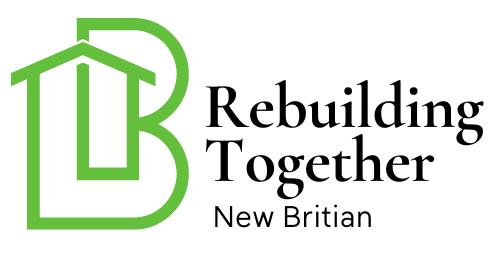Ensuring bathroom waterproofing safety is crucial for every homeowner. The bathroom is one of the most used spaces in any home, and it must be safeguarded against water damage to maintain its integrity and safety. Not only does effective waterproofing protect your home from structural damage, but it also prevents mold and mildew, which can be hazardous to health.
When considering bathroom waterproofing safety, homeowners should be aware of the potential risks of water damage and the necessary steps to mitigate these risks. By prioritizing waterproofing, you can enhance your bathroom’s durability and ensure a safe environment for everyone. Let’s explore the best practices and materials to ensure your bathroom is both waterproof and safe.

Understanding the Importance of Waterproofing
Waterproofing is essential in areas exposed to moisture and water regularly. Bathrooms are particularly vulnerable to water seepage due to the constant use of showers, sinks, and toilets. Without proper waterproofing, water can penetrate walls and floors, leading to significant structural damage over time.
Moreover, water damage is not just a structural concern; it can also lead to the growth of mold and mildew, which pose serious health risks. Mold spores can cause respiratory problems, allergies, and other health issues, particularly in children and the elderly. Therefore, maintaining a dry and waterproof environment in the bathroom is vital for both health and safety.
Choosing the Right Waterproofing Materials
The choice of waterproofing materials is crucial in ensuring bathroom waterproofing safety. Some of the most effective materials include:
- Waterproof membranes: These are sheet-like materials applied to bathroom surfaces to prevent water penetration. They are particularly useful in shower areas and around bathtubs.
- Waterproof paint: This is a cost-effective solution for walls and ceilings. It adds an extra layer of protection against moisture.
- Sealants and grouts: Used to fill gaps and joints in tiles, these materials prevent water from seeping through cracks.
Steps to Ensure Bathroom Waterproofing Safety
1. Conduct a Thorough Inspection
Before beginning any waterproofing project, conduct a thorough inspection of your bathroom. Look for signs of water damage, such as peeling paint, damp walls, or mold growth. Identifying these issues early on will help you address them before they become major problems.
2. Hire Professional Help
While some homeowners may choose to undertake waterproofing projects themselves, hiring a professional can ensure the job is done correctly. Professionals have the expertise and tools necessary to apply waterproofing materials effectively and can identify potential problem areas that may not be immediately visible.
3. Use Quality Materials
Investing in high-quality waterproofing materials is essential for long-lasting protection. Cheap materials may save money initially, but they are less durable and may require frequent repairs or replacements. Prioritize quality over cost to ensure the best results.
4. Maintain Regularly
Regular maintenance is key to sustaining bathroom waterproofing over time. Check for signs of wear and tear, and reapply waterproofing materials as needed. Regular maintenance prevents small issues from becoming large, costly problems.
Additional Safety Tips for Bathrooms
1. Install Non-Slip Flooring
To prevent slips and falls, consider installing non-slip flooring in your bathroom. Materials like textured tiles or vinyl flooring provide better traction, reducing the risk of accidents, especially in wet conditions.
2. Use Grab Bars
Installing grab bars in strategic locations, such as near the shower or toilet, can provide additional support and stability. This is particularly important for elderly family members or those with mobility issues.
3. Ensure Proper Ventilation
Adequate ventilation is essential in preventing mold and mildew growth. Make sure your bathroom has a functional exhaust fan or window to allow moisture to escape and keep the room dry.
Conclusion
Ensuring bathroom waterproofing safety is an essential aspect of home maintenance. By understanding the importance of waterproofing, choosing the right materials, and following best practices, homeowners can protect their bathrooms from water damage and create a safe environment for their families. Regular maintenance and additional safety measures, such as non-slip flooring and grab bars, further enhance bathroom safety and prevent accidents.
For more information on bathroom safety, visit Bathroom Safety for the Elderly for expert tips and advice.

FAQ
1. What is the best material for bathroom waterproofing?
The best materials include waterproof membranes, waterproof paint, and high-quality sealants and grouts. These materials provide effective protection against water seepage.
2. Can I waterproof my bathroom myself?
While it’s possible to undertake DIY waterproofing projects, hiring a professional is recommended for the best results. Professionals have the necessary expertise and tools to ensure effective waterproofing.
3. How often should I inspect my bathroom for water damage?
Regular inspections should be conducted at least once a year. However, if you notice any signs of water damage, such as damp walls or mold growth, address the issue immediately.
This article contains affiliate links. We may earn a commission at no extra cost to you.

